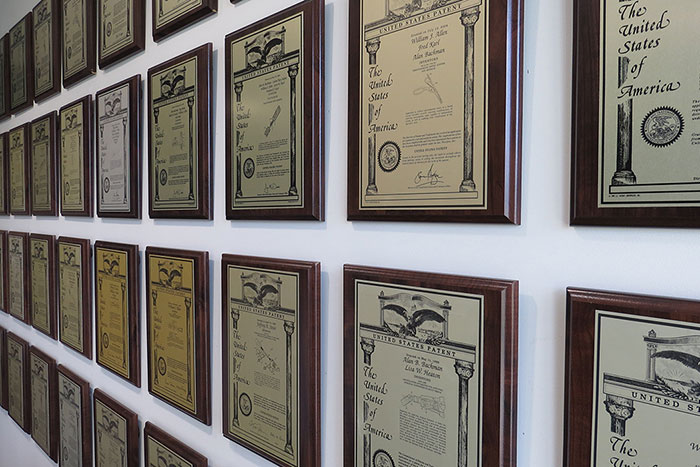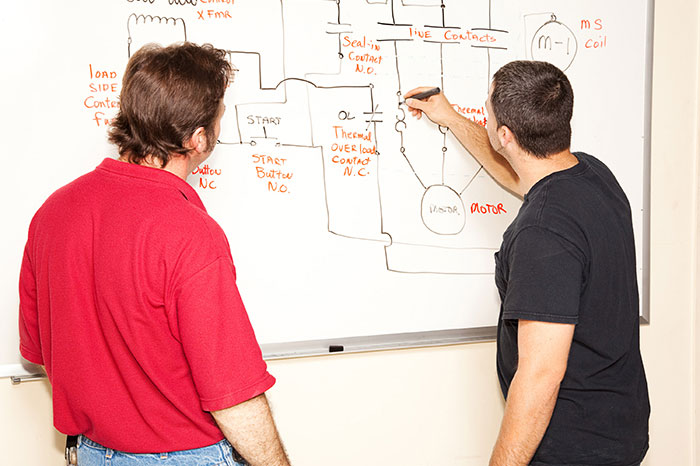
In the world of product development, inventors looking to keep costs controlled are leaning more and more towards outsourcing engineering services to a product development company. As with any client/vendor relationship, the financial arrangement between the two companies can cause the most friction. When deciding on a favorable option for both parties, the best choices are fixed-fee and time-and-materials. Both involve an agreement centered on a predefined scope, but the difference is that fixed-fee pre-sets the amount, while in time-and-materials, the company is paid for hours worked. Let us break it down further:
Fixed-fee pros and cons
One of the best advantages to an inventor of a fixed-fee arrangement is the transparency of cost. You are less likely to get “sticker shock” at the end of the project and can budget accordingly. This arrangement forces the product development company to work efficiently and focus on the end game. If the product development company completes the work on time the agreed price is paid but, if they run over, they are still contractually obligated to complete the work while simultaneously eating any additional cost. For the company to stay in the black with fixed-fee projects, it must focus on quoting small, manageable scopes of work that ultimately mitigate risk and perform on time. The company can run into trouble if they do not adequately define the scope parameters to the inventor, as anything outside the scope is an extra cost. To prevent this, both parties need to clearly outline deliverables and quality expectations at the start of the project.
Time-and-materials pros and cons
On the flip side, the advantage of time and materials is the inventor has dynamic control over the product development company’s work. This incentivizes the vendor to keep up-selling the product to lengthen the scope. The flexibility of time-and-materials however, does have a downside. Without a clearly defined scope, it can be easy for a project to go off track, leaving the inventor with a large bill and little to show for it. The key to success in this type of agreement is a clear understanding, by both parties, of what the required tasks are and how long they should take to complete.
Projects suitable for fixed-fee
- Ability to sign off on large milestone payments without getting bogged down in red tape
- Time driven results
- A business approach based on trust and experience, where open communication is valued
- Trust in the company’s product development process to achieve the best results
- Requires budgeting costs ahead of time and minimal cash reserves
Projects suitable for time-and-materials
- Require freedom to change the scope at will, regardless of the cost
- Unable to define the following scope without previous results
- Preference for managing all aspects of product development
- Desire to make decisions based on large data samples
- More comfortable with incremental payments instead of one large lump sum
- Need a wide array of choices and an overall consensus before making a decision
- Have large cash reserves in case a project gets “stuck” and requires extra time
Many factors go into choosing which payment arrangement is right for your company. As we outlined above, there are advantages to both agreements, and deciding which would best fit your organization can be difficult. In conclusion, inventors need to consider their business philosophy, product design history, and organizational structure before deciding which payment arrangement is best.
On the hunt for a product development company?
About Synectic Product Development: Synectic Product Development is an ISO 13485 certified, full-scale product development company. Vertically integrated within the Mack Group, our capabilities allow us to take your design from concept to production. With over 40 years of experience in design, development, and manufacturing, we strive for ingenuity, cost-effectiveness, and aesthetics in our designs. Learn more about our product design services and see how we can help your next project.


